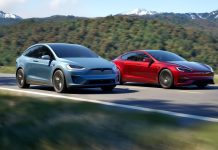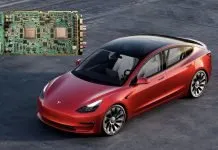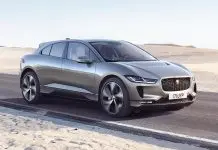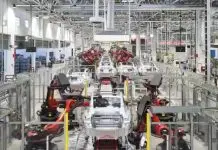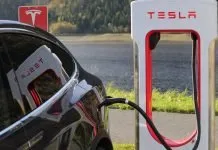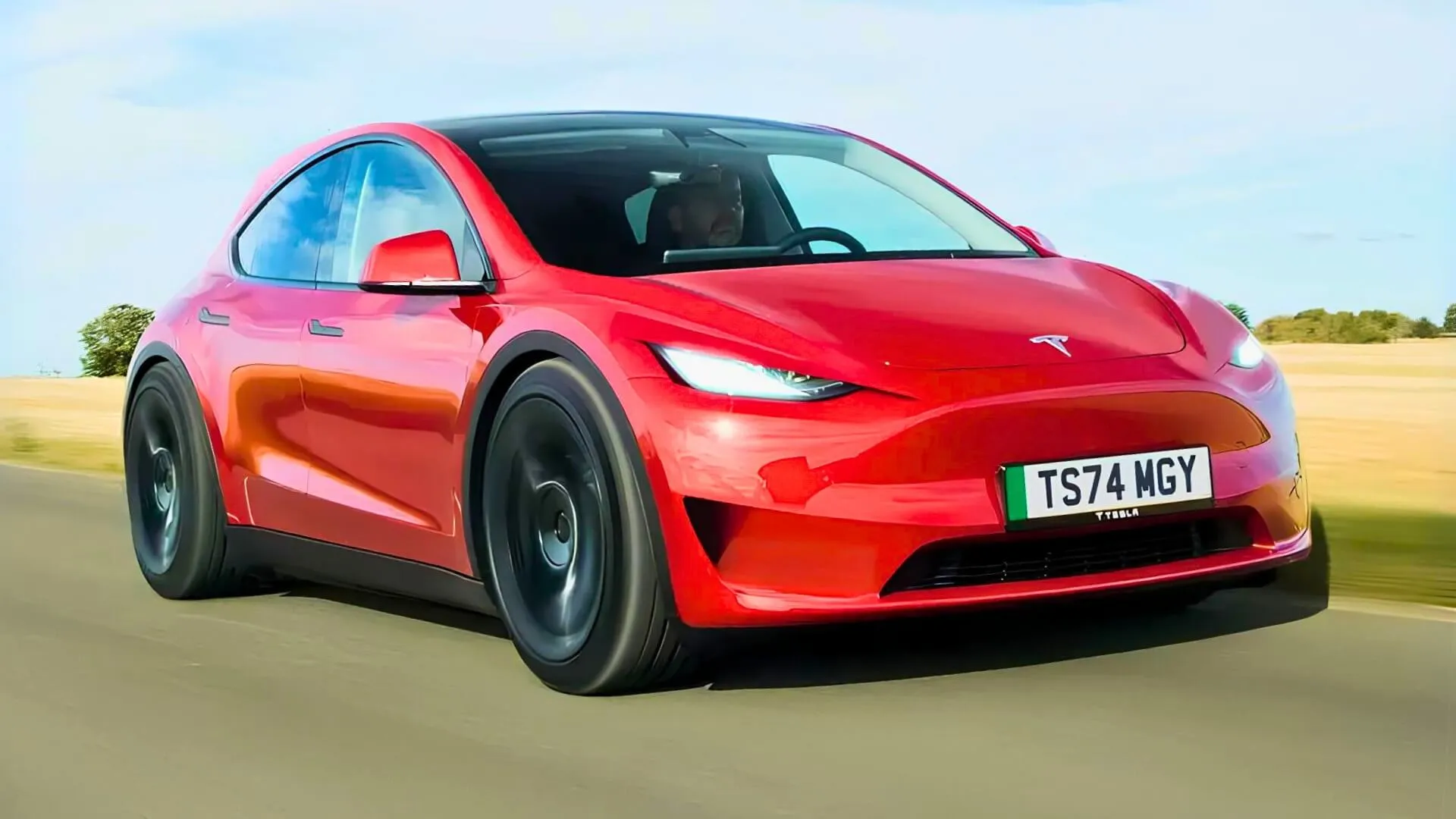Tesla is reported to release its affordable electric vehicles before schedule for the second quarter of 2025. The company continues to design affordable electric cars according to its plan to reach more consumer segments and bring electric vehicles to a wider range of consumers.
Background on Affordable Models
Tesla CEO, Elon Musk, previously established plans regarding a $25,000 vehicle that people call the “Model 2” also known as “Model Q”, which Tesla plans to launch in 2025 during the second quarter. The company encountered multiple delays and modifications to its existing plans. The company’s officials during the Q4 2024 earnings call confirmed the development of budget-friendly vehicles by utilizing existing production facilities and technology from existing model lines.
A reliable source has disclosed that Tesla plans to manufacture these new models for commercial release during the first six months of 2025. Tesla may have already been hinting to us in the Latest Model Y video where two mysterious next-generation Tesla prototypes were spotted. The new vehicles will combine manufacturing innovations and parts from current Tesla models to meet both quality standards and lower price targets. They could also bring back the turn signal stalk for the upcoming Model 2, which is rumored to be arriving for the Model 3.
Manufacturing Innovations
Large single-part casting and the “unboxed” assembly technique represent key manufacturing innovations that Tesla applies to its manufacturing strategy. The parallel assembly process speeds up production because it combines multiple operations that previously needed sequential completion. The Texas and Berlin Gigafactories will provide essential support for this initiative by delivering maximum output through reduced expenses.
The electric vehicle market has intensified with demands for less expensive vehicles. Other vehicle makers including BYD aim at this budget segment which necessitates Tesla, taking up a dominant position in such markets. Tesla plans to recover its market position after sales decline through the introduction of budget-friendly electric vehicle models.
The future models from Tesla will integrate their state-of-the-art software and autonomy system but these details are still undisclosed. The anticipated pricing is likely to be below $30,000 after subsidies, making them competitive against other mass-market EVs. The affordability of these models could significantly influence consumer adoption rates and help Tesla maintain its position as a leader in the EV market.
Implications for Tesla’s Future
The implementation of low-priced vehicles will impact how Tesla can expand its customer reach. Tesla can adapt its business during economic downturns and changes in consumer markets because of its product expansion plan. Through this strategic initiative, Tesla advances its purpose of speeding up worldwide sustainable energy adoption through affordable electric vehicle availability.
The investor community holds a positively cautious perspective toward Tesla’s business expansion initiatives. After Tesla announced cost-saving initiatives and budget-friendly model plans, the company noticed minor stock market gains. Analysts believe that if Tesla can deliver on its promises, without significant delays—a common issue in the past—it could bolster investor confidence and support further growth in the company’s market value.
Conclusion
As Tesla gears up for the launch of its cheaper electric vehicle models in early Q2 2025, all eyes will be on how effectively it can execute this ambitious plan. Innovative manufacturing strategies to affordable manufacturing alongside innovative assembly methods to change how electric vehicles are perceived in both control and user expectations. The upcoming months shape up to be essential for Tesla to handle manufacturing issues and position itself for a pivotal moment in its history.



